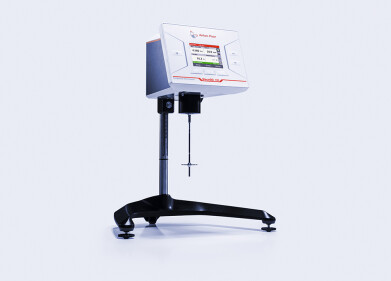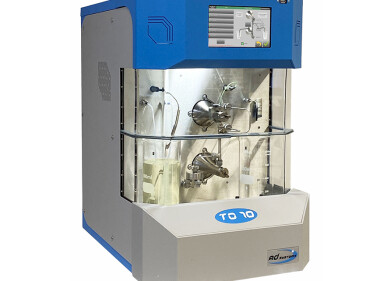Analytical instrumentation
Determination of Mercury in Crude Oil Is Covered in New ASTM Petroleum Standards
Nov 06 2010
Two new ASTM International standards provide means to quantitatively determine the trace amounts of mercury in crude oils. ASTM D7622, Test Method for Total Mercury in Crude Oil Using Combustion and Direct Cold Vapor Atomic Absorption Method with Zeeman Background Correction, and ASTM D7623, Test Method for Total Mercury in Crude Oil Using Combustion-Gold Amalgamation and Cold Vapor Atomic Absorption Method, were developed by Subcommittee D02.03 on Elemental Analysis, part of ASTM International Committee D02 on Petroleum Products and Lubricants.
“Mercury is a contaminant in fossil fuels — both coal and crude oil — and has harmful toxicological effects on both human and marine life,” says Kishore Nadkarni, chairman of D02.03. “Emission of mercury during crude oil refining or coal burning during power generation may contaminate refined products as well as the ecosphere.”
Nadkarni notes that there are other ASTM International standards for determining mercury in other fossil fuels such as natural gas and coal, including the following: ASTM D5954, Test Method for Mercury Sampling and Measurement in Natural Gas by Atomic Absorption Spectroscopy, ASTM D6350, Test Method for Mercury Sampling and Analysis in Natural Gas by Atomic Fluorescence Spectroscopy, ASTM D3684, Test Method for Total Mercury in Coal by the Oxygen Bomb Combustion/Atomic Absorption Method, ASTM D6414, Test Methods for Total Mercury in Coal and Coal Combustion Residues by Acid Extraction or Wet Oxidation/Cold Vapor Atomic Absorption; and ASTM D6722, Test Method for Total Mercury in Coal and Coal Combustion Residues by Direct Combustion Analysis.
However, this is the first time standards have been developed for determination of mercury in crude oils.
“The methods standardised in ASTM D7622 and ASTM D7623 are being used in oil industry laboratories for analysis but were not standardised throughout the industry until now,” says David Hwang, vice chairman of D02.03 and Chevron Energy Technology Co. “This standardisation should bring uniformity in testing across the industry and facilitate decisions in commerce and regulatory compliance.”
In ASTM D7622, controlled heating following thermal decomposition of the crude oil sample in air is used to liberate mercury. Mercury and all other decomposition products are then atomised at about 750°C and are viewed through a cold vapor Zeeman atomic absorption spectrometer.
In ASTM D7623, a crude oil sample is subjected to heating to about 700°C, and the decomposition products are carried in to a gold amalgamator that selectively traps mercury. Later the amalgam is rapidly heated to about 600°C, releasing mercury vapor that is viewed by a cold vapor atomic absorption spectrometer.
Digital Edition
PIN 25.6 Buyers' Guide
January 2025
Buyers' Guide Directory - Product Listings by Category - Suppliers Listings (A-Z) Articles Analytical Instrumentation - ASTM D7042: The Quantum Leap in Viscosity Testing Technology -...
View all digital editions
Events
Jan 20 2025 San Diego, CA, USA
Jan 22 2025 Tokyo, Japan
Jan 25 2025 San Diego, CA, USA
SPE Hydraulic Fracturing Technology Conference and Exhibition
Feb 04 2025 The Woodlands, TX, USA
Feb 05 2025 Guangzhou, China



















